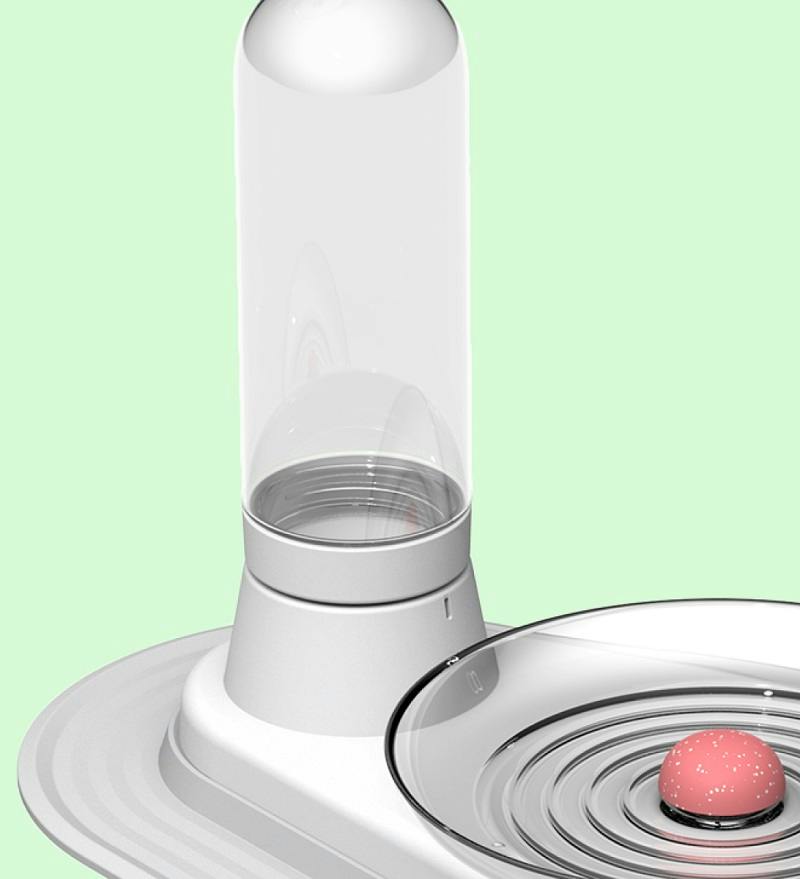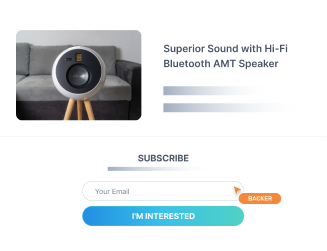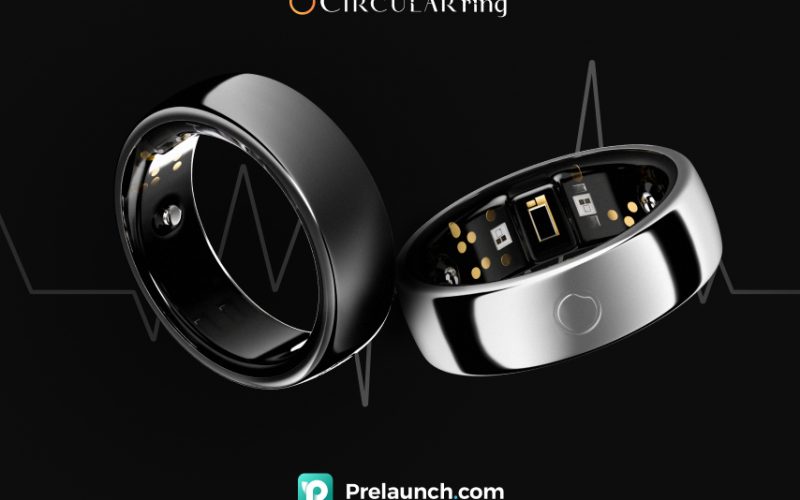KittySpring — a non-electric whisker-friendly water fountain perfect for picky cats— raised almost over $700k on Kickstarter. But before even launching their campaign, its creators were concerned about their potential product launch failure. So before spending any time or money on product development, prototyping, design, marketing, manufacturing, or anything else, the team chose to validate their product on Prelaunch.com.
Read on to find out how we helped the campaigner validate KittySpring’s product-market fit and get it ready for a successful campaign.
The Brand
Everything started when the Founder and CEO of KittySpring Rayman Wu’s cat fell ill. The vet diagnosed him with kidney problems stemming from dehydration. The poor thing had to go through lots of pain and months of treatment to regain his full kitty self. When he finally recovered, the whole team decided to join efforts and design a water fountain that would help cats all over the world avoid such problems and always stay hydrated.
Their initial plan was to launch a crowdfunding campaign but they had lots of doubts on whether it would work well with the product. At this very point, they came across Prelaunch.com — the only product-market fit validation tool on the market.
The Position
Initially, we came up with the following 2 options for the positioning:
- Keep Your Cat Hydrated
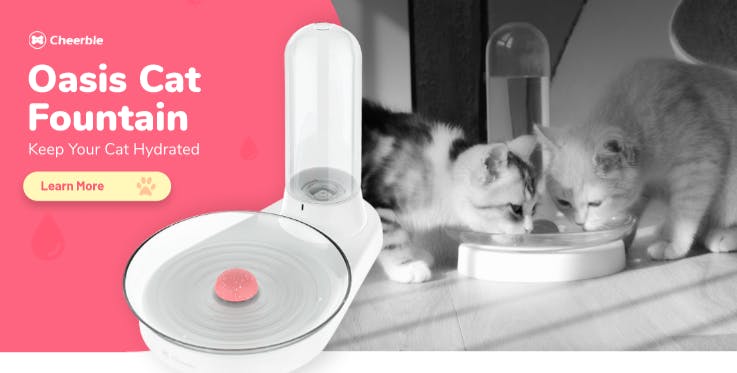
- A Cat’s Favorite Way to Drink
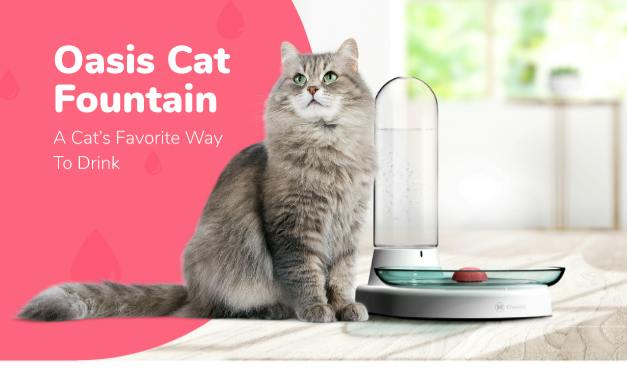
With these two options, we wanted to test whether our potential backers were more interested in the functioning (1st option) or the design (2nd option) of the product.
With a 20% higher subscription rate, the winner was the first one — Keep Your Cat Hydrated. In later surveys, we discovered that this had hooked potential backers more because they understood the pain point and were in the market for a functioning product that would keep their cats hydrated.
Other Elements
One of the fountain’s key elements was its whisker stress-free design, which we mentioned as a separate paragraph right from the start. Adding this section also saw a boost in subscription rate, indicating that it was a feature cat parents cared about.
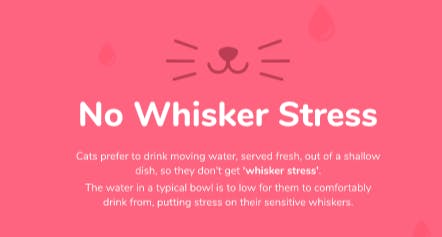
Another thing that worked well was the presentation of safe and splash-less features of the product.
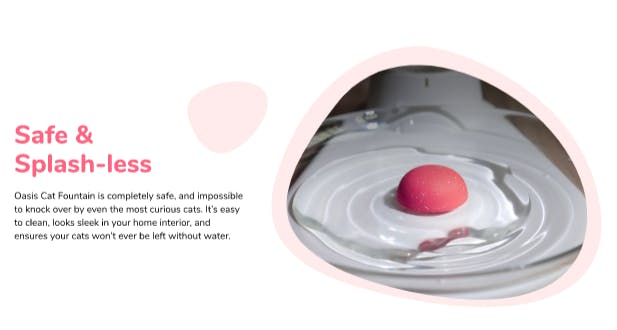
It resonated with the potential backers and put an end to their possible doubts regarding the risks of the product.
And yet another element that helped us during testing was the educational content that was supposed to give scientific knowledge to the customer on why they would need the product.

Although this final point doesn’t directly relate to the product and its features, testing sections like this help you understand what your audience cares about. Some products warrant educational content, others lend themselves to humor or sex appeal. Testing these during the prelaunching phase makes sure you go to market with strong messaging that your customers relate to.
The Tone of Voice
Over time, we tested elements like cat-related phrases and described behaviors typical to cats. With the audience’s positive response, we landed on this clear cat-audience-specific tone:
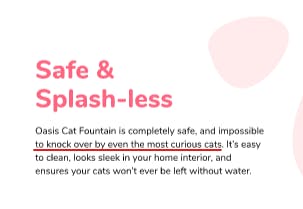
While some products call for matter-of-fact technical presentation, others have the freedom — and need — to develop a unique brand voice. In this case, the cat-friendly tone did arouse emotions in and resonate with our potential backers.
Market & Price Validation
During the Prelaunch.com campaign, our aim was to test the market interest and price. Overall, we had two tests, and accordingly two price options.
In order to do this, we needed an appropriately large testing audience. This large sample size increased our statistical confidence in the results and allowed us to accurately predict the best launch price — which as you’ll see, wasn’t the lowest price!
Version 1
For Version 1 we tested the product, offering it at the price of $24. Below is the summary of some Facebook data we got:
All data pointed towards the first testing being pretty successful. The market interest for KittySpring was very close to our benchmarks for a product in this niche and price range. This indicated that the market was interested in the product idea, concept, and design.
However, KittySpring had failed the price validation. People were interested in the product itself but weren’t prepared to pay $24 for it. And based on our previous experience we knew that if we proceeded with the price of $24, we would have problems with cost-effectiveness. Thus, we decided to raise the price and test it once again to see how that would affect the product’s prelaunch success.
Version 2
Based on the conclusions of Version 2, this time we set the price at $35.
Market interest remained pretty much constant. Any slight variations could be traced to how we had refined the messaging to talk to cat parents more directly:
These changes pushed the market interest up by nearly 10% — a figure that exceeded the benchmark! But it wasn’t just that. Increasing the price from $24 to $35 — an increase of 45%! — had an overwhelmingly positive effect on the price validation. People were more ready to buy it at the more expensive price.
As can be seen, KittySpring obviously performed better at $35 compared to $24.
The price increase also improved our ROAS and Funding/Visitor metrics. And considering that the product was in the $20-$50 price category, as well as the overall performance, we concluded that this was a good indicator for KittySpring.
Audience Insights
Aside from testing the market interest and the price, Prelaunch.com also generates an accurate buyer persona.
Through hundreds of messaging and audience AI-driven tests via Facebook Ads, Prelaunch.com predicts what people will buy the product once it launches. In the case of KittySpring, we uncovered the following best-performing audience profiles:
- Females
- Ages 25-44
- From the US, Italy, Netherlands, Canada, Singapore, Spain, and Sweden.
- Interested in the cat industry, cat-related products, and small dog owners.
Even with all the cat pictures, and no dog pictures whatsoever, it turned out that dog parents were interested in KittySpring too!
Prelaunch.com also tested messaging via ads, and discovered the best-working copy and visuals that would later prove to be central to the launch:
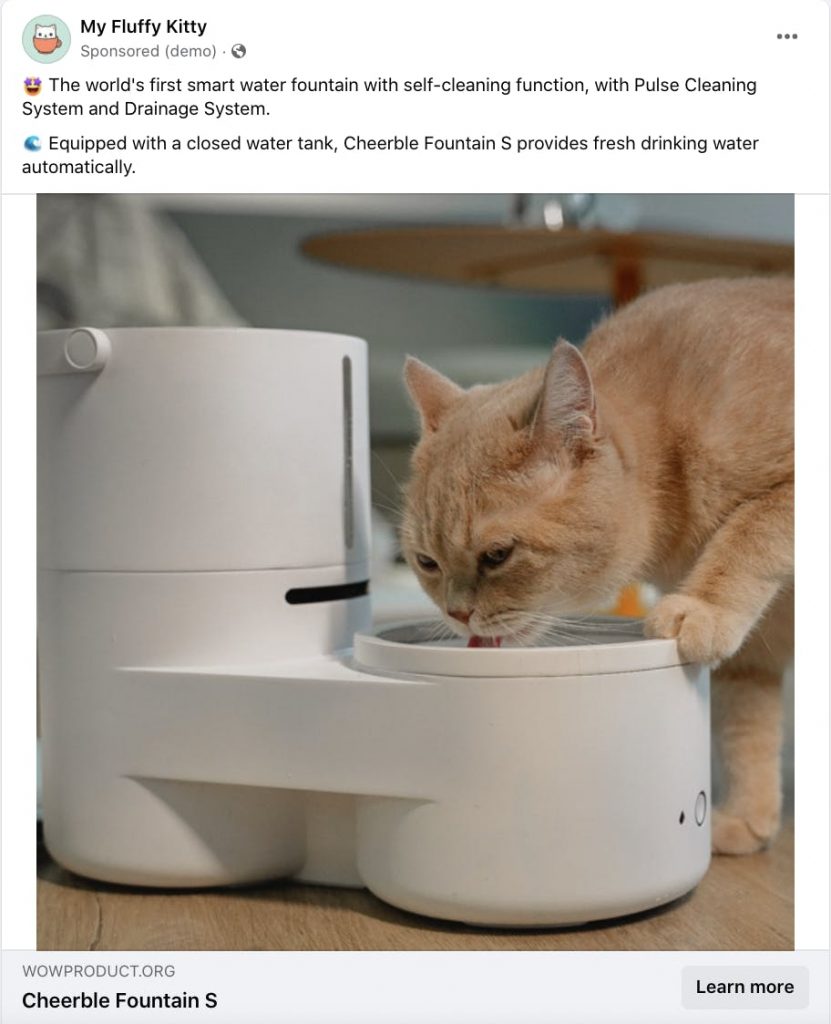

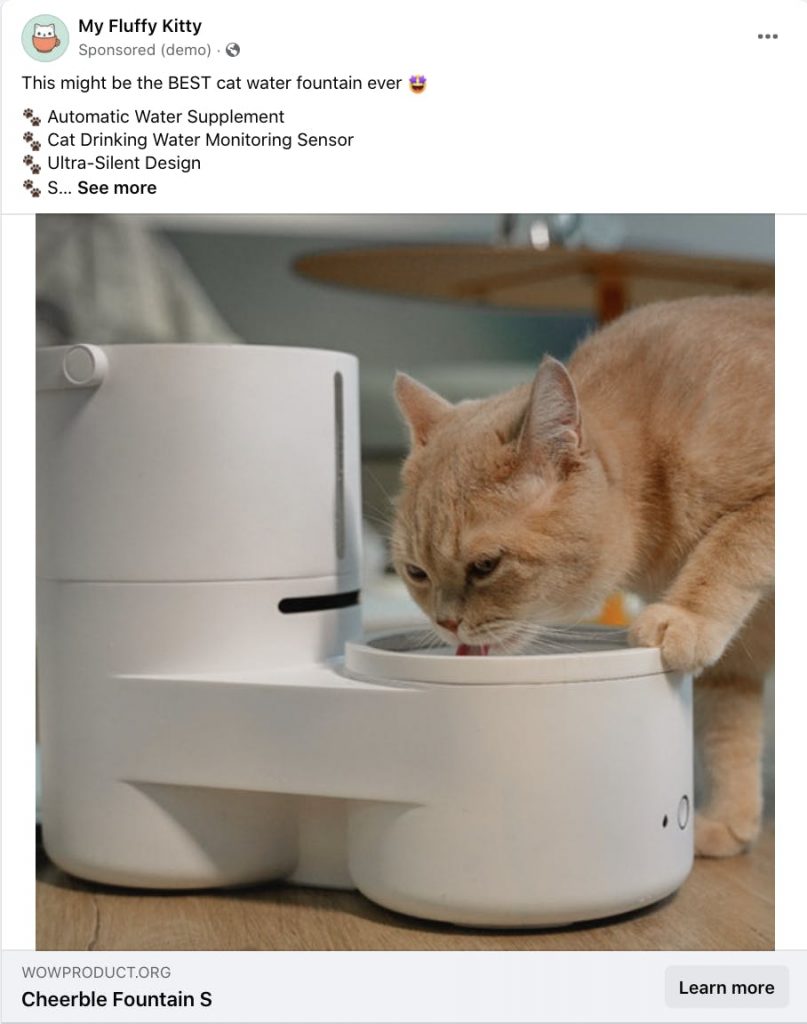
The CTR for the above ads fluctuated between 4.96%-7.51%, which proved they were pretty attractive to our potential backers.
Based on all the data, we concluded that there was a strong market for KittySpring and that setting KittySpring’s price at $35 would be the best pricing strategy.
This may seem counterintuitive. It goes against the concept of discounts and price cuts. But when people see and read about a product, they subconsciously predict its monetary value. And when they’re presented with a price that is too low, they begin to doubt its quality. In this case, the higher price matched their expectations for what such an amazing kitty water fountain should cost!
What’s more, we estimated that if launched on Kickstarter at that price, the campaign had the potential of raising $500-700k.
Having gathered all this data, we confidently advised the campaigner to launch the project on Kickstarter. The results spoke for themselves: KittySpring got 450% funded in less than 40 minutes. And by the end of the campaign, it generated $737,742, with the help of 12,999 backers!
If you’re like KittySpring’s creator and want to discover what Prelaunch.com can do for your brand, click here.

